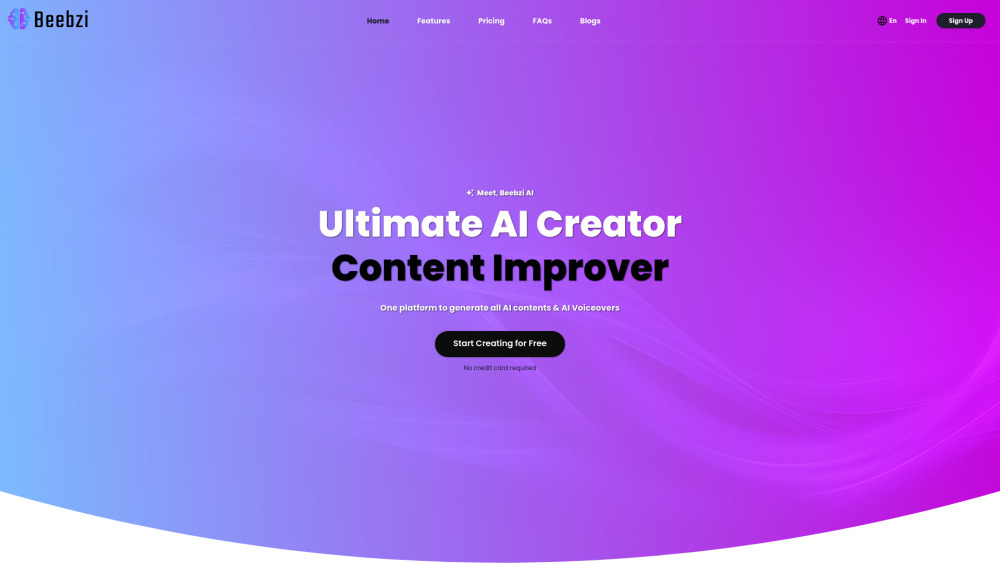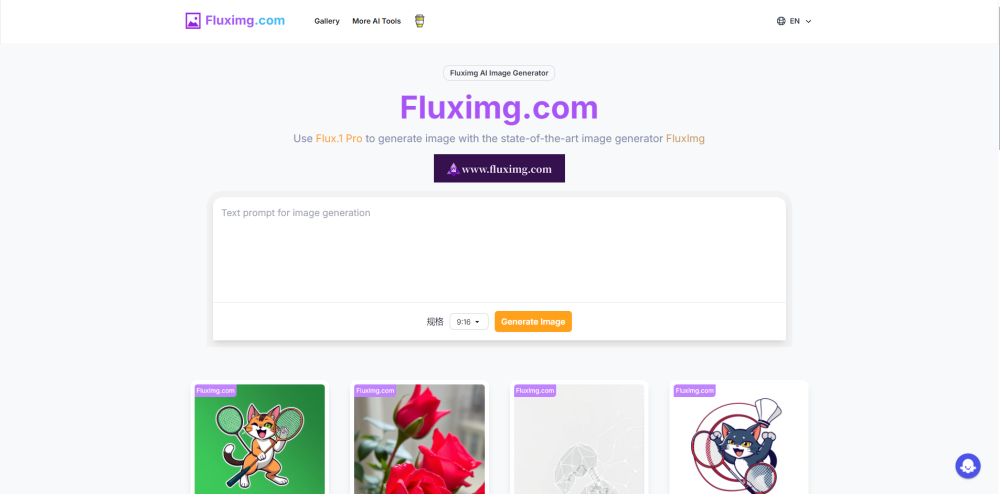As businesses increasingly integrate AI across their operations, a surprising trend has emerged: companies are utilizing AI to enhance their bots' understanding of human emotions. This field is known as "emotion AI," as highlighted in PitchBook’s recent Enterprise SaaS Emerging Tech Research report, which forecasts significant growth in this technology.
The rationale is straightforward: If organizations deploy AI assistants for executives and employees, use chatbots as front-line salespeople and customer service representatives, how can AI perform effectively without grasping the nuance between an angry “What do you mean by that?” and a confused “What do you mean by that?” Emotion AI is considered the more advanced counterpart to sentiment analysis, an earlier technology designed to extract human emotions from text-based interactions, particularly on social media. Unlike sentiment analysis, emotion AI is multimodal, utilizing various sensors—such as visual and audio inputs—combined with machine learning and psychological principles to assess human emotions during interactions.
Leading cloud AI providers, including Microsoft Azure's Emotion API and Amazon Web Services’ Rekognition service, are offering developers access to emotion AI capabilities, despite some controversy surrounding the latter.
While emotion AI isn’t a new concept, the recent surge of bots in the workforce gives it unprecedented potential within the business realm, according to PitchBook. “With the rise of AI assistants and fully automated human-machine interactions, emotion AI is poised to facilitate more human-like interpretations and responses,” states Derek Hernandez, senior analyst for emerging technology at PitchBook.
“Harnessing cameras and microphones is essential for emotion AI hardware,” Hernandez explains. “These components can be integrated into devices like laptops and smartphones or situated in physical environments. Moreover, wearables could provide additional avenues for deploying emotion AI beyond conventional devices.” (This might explain why a customer service chatbot requests camera access.)
In response to this growing demand, a wave of startups is emerging. Notable names include Uniphore, which has secured a total of $610 million in funding—with $400 million raised in 2022 led by NEA—as well as MorphCast, Voicesense, Superceed, Siena AI, audEERING, and Opsis, each attracting investment from a variety of venture capital firms, according to PitchBook.
Admittedly, emotion AI represents a quintessential Silicon Valley approach: leveraging technology to address challenges created by technology in human interactions.
However, even as AI bots increasingly incorporate automated empathy, the effectiveness of this solution remains uncertain. A pivotal moment occurred in 2019 when researchers raised doubts about the feasibility of emotion AI. Their meta-review concluded that human emotions cannot be accurately determined solely through facial expressions. This challenges the assumption that we can train AI to read human emotions by mimicking human behaviors like interpreting facial cues and body language.
Furthermore, regulatory measures—such as the European Union’s proposed AI Act, which prohibits certain uses of computer-vision emotion detection systems including in educational contexts—could hinder the development of emotion AI. Additionally, state laws like Illinois' Biometric Information Privacy Act (BIPA) restrict the collection of biometric data without consent.
These developments offer insight into a future in which AI is deeply embedded in everyday life—a reality being rapidly constructed in Silicon Valley. AI bots may strive for emotional comprehension to fulfill roles in customer service, sales, HR, and various other functions. Alternatively, they might struggle with tasks that demand such capabilities. Perhaps we will be left with AI bots akin to Siri in 2023, rather than sophisticated management tools capable of interpreting real-time emotions in meetings. The question remains: which scenario is less preferable?




